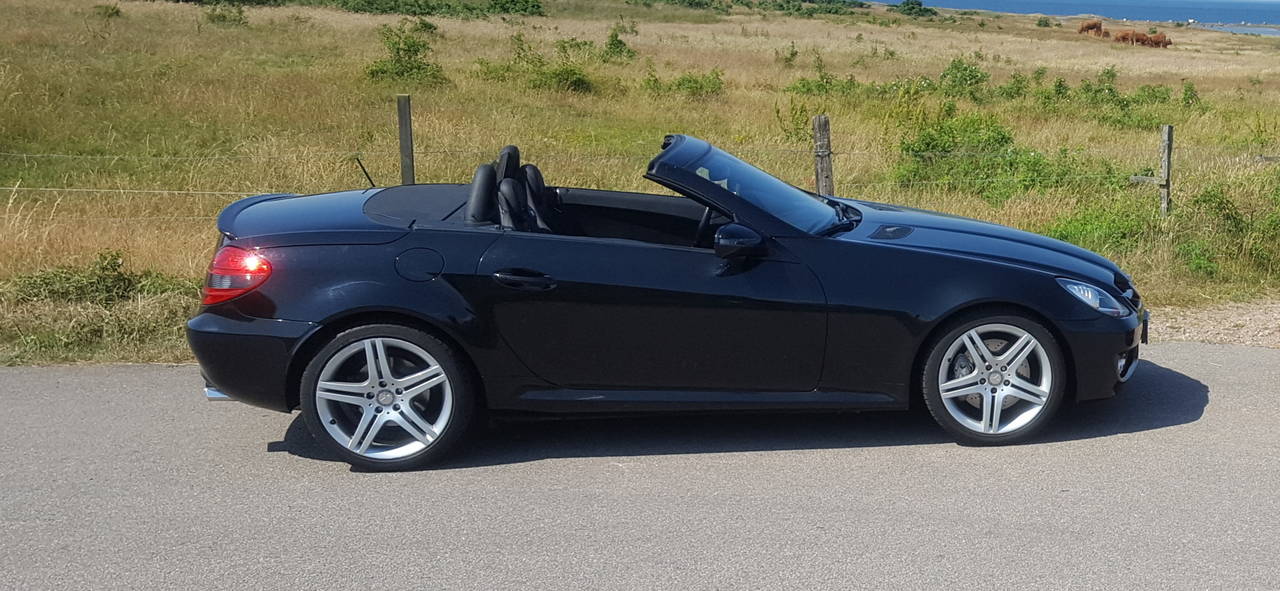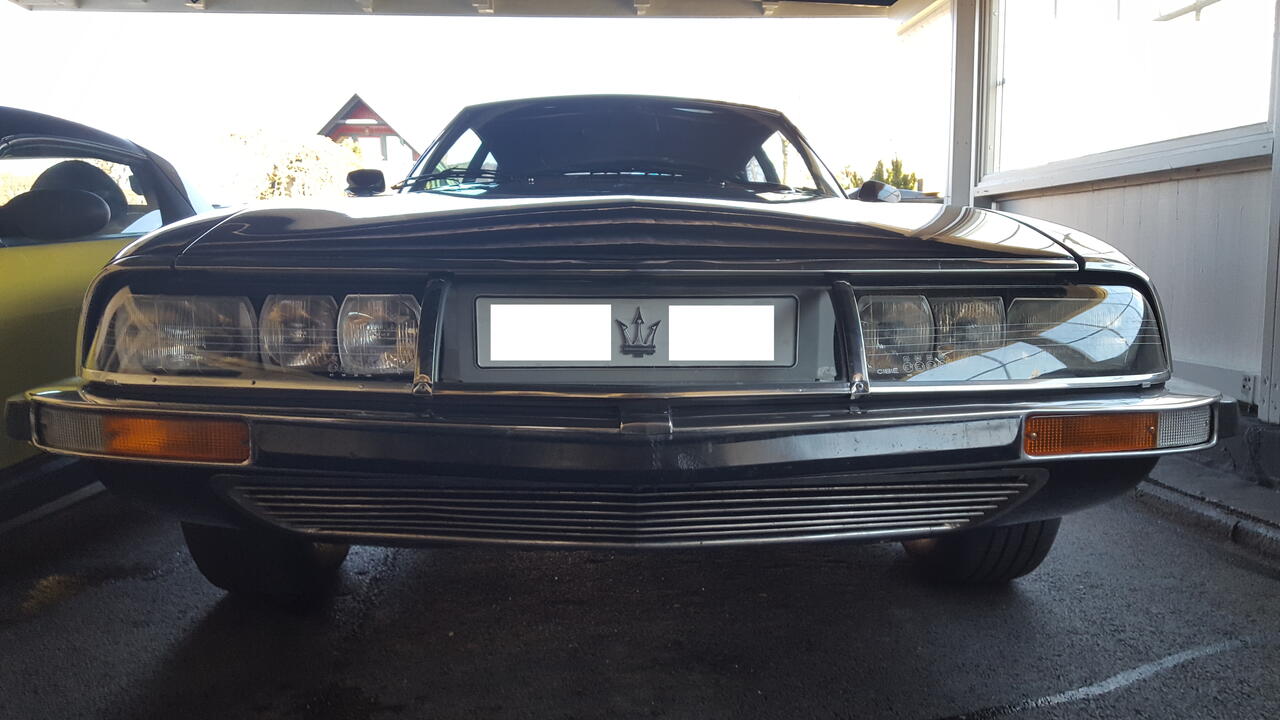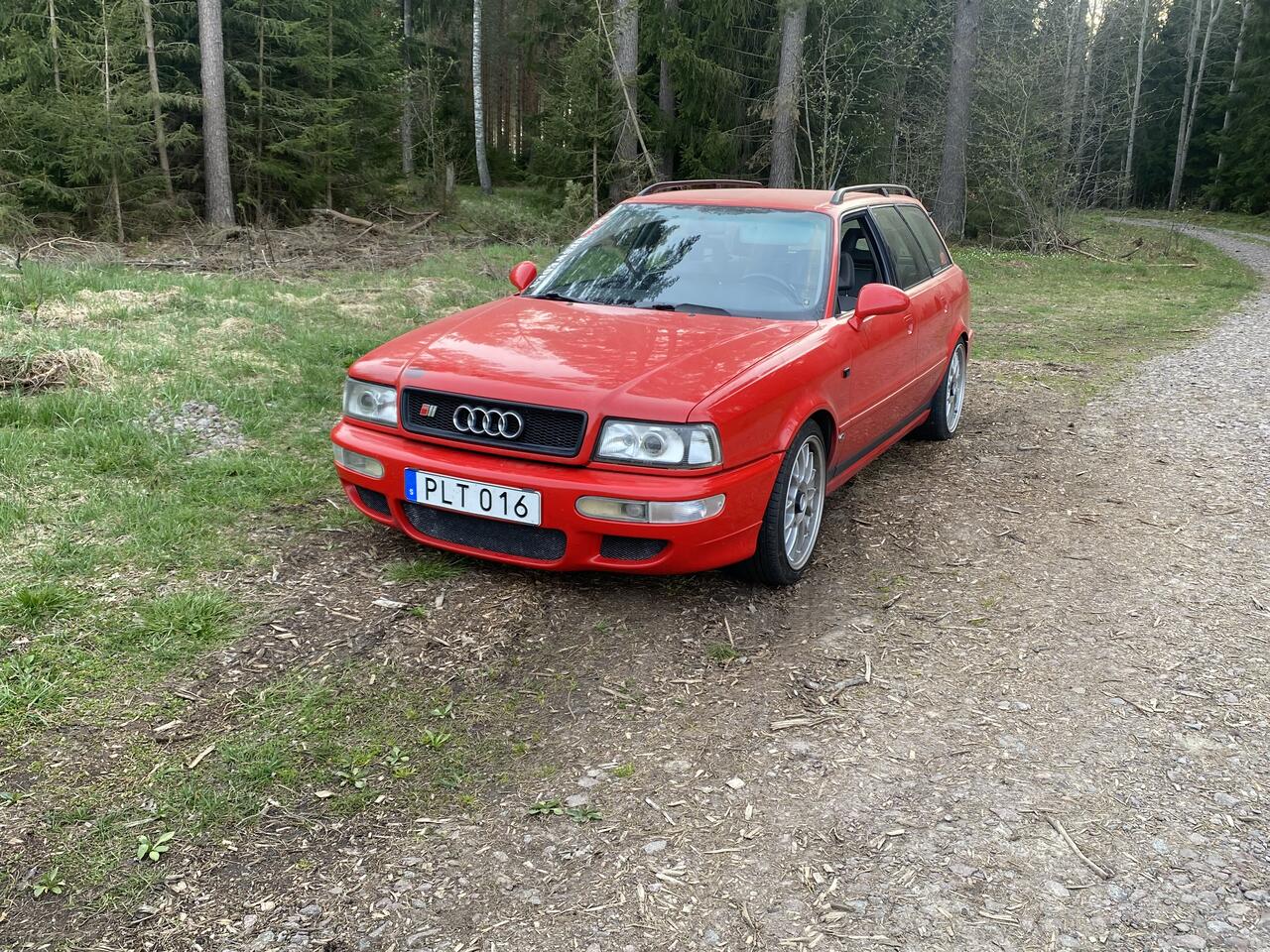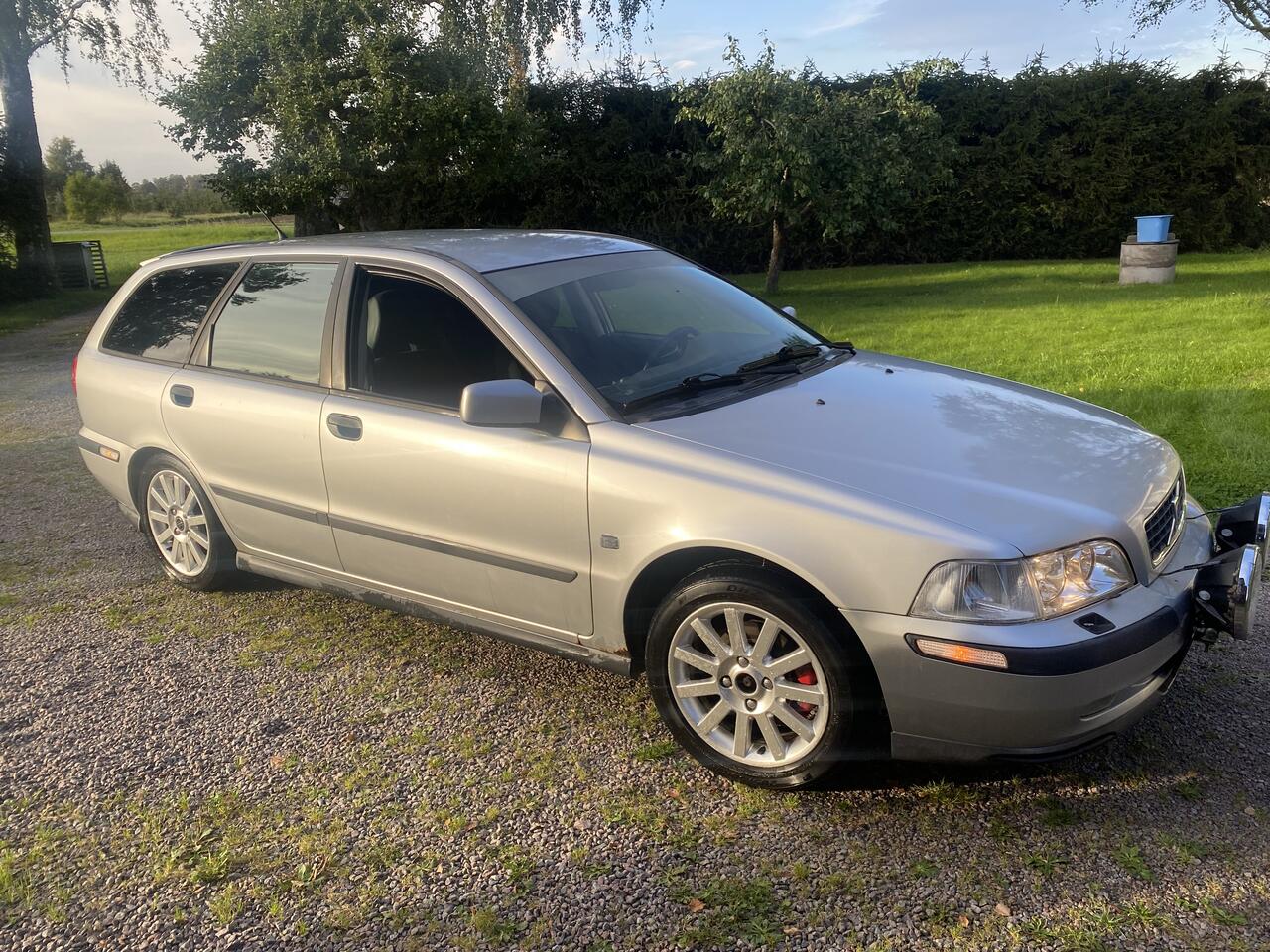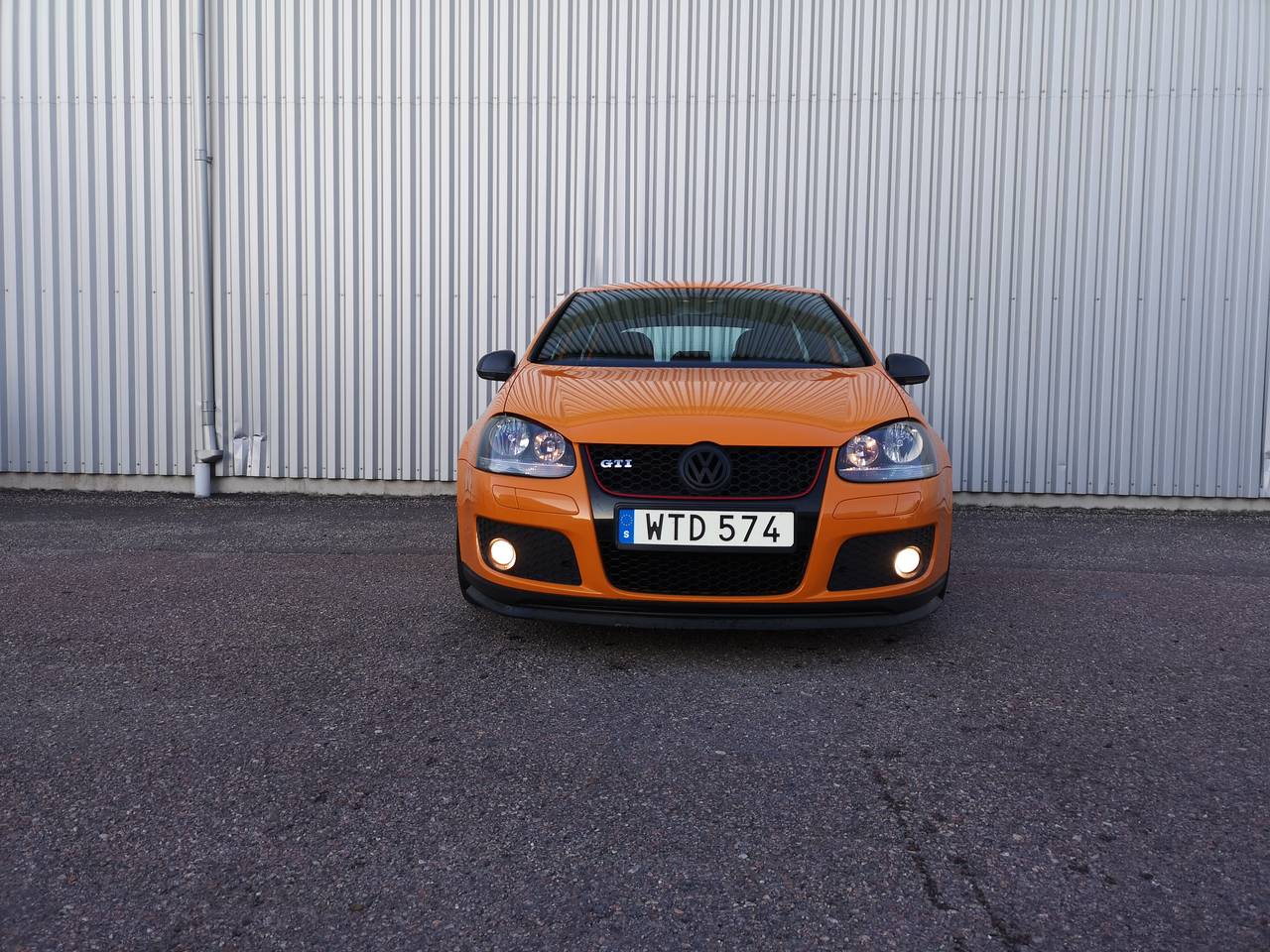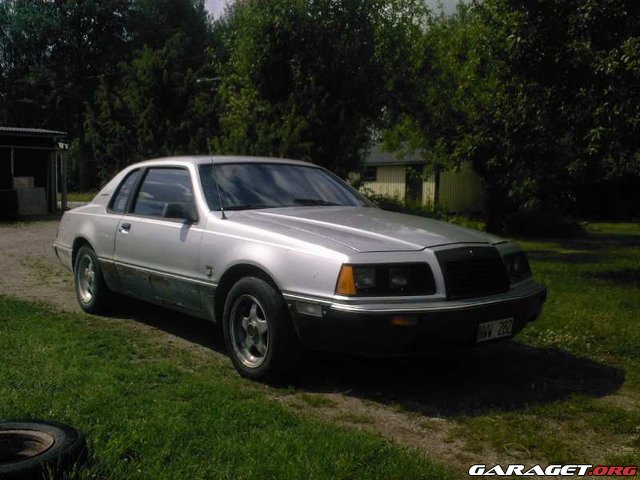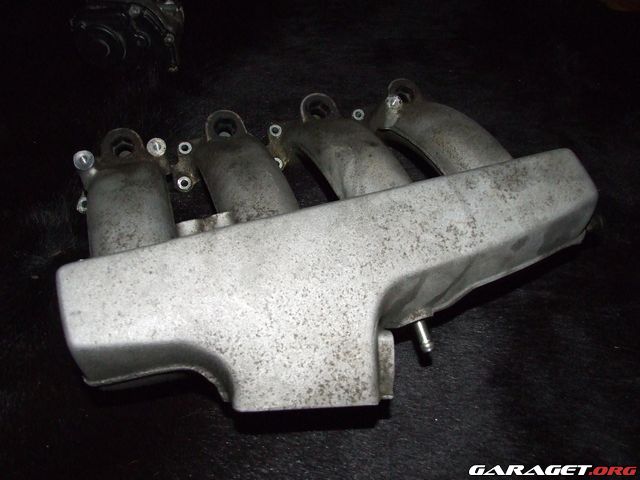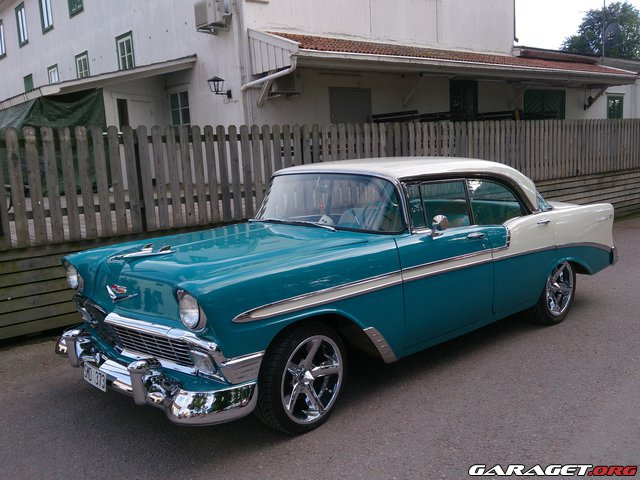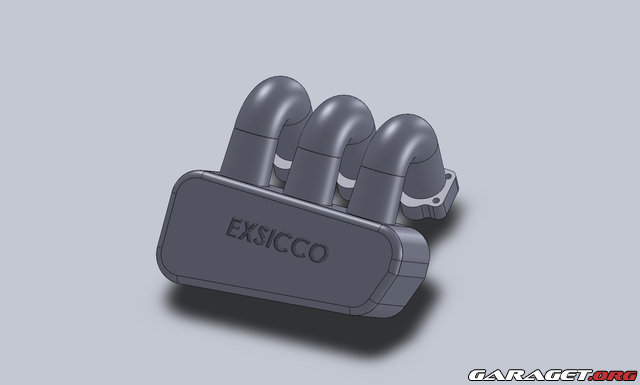Angående plenium och runners så säger faust9 rätt mycket vettigt
från: http://www.physicsforums.com/showpost.p … ostcount=2
Han tar med det viktigaste
* Det är bara att köra motorn i dyno som visar vad som är rätt
* Plenium volym = motorvolymen.
* Pleniumet ska vara vinklat så du får ett flöde mot runnern längst bort från spjället
* Inte för stora läppar på trattarna
* Korta runners flyttar effekten uppåt i vartalen.
//Ola
You will need access to an engine dyno to determine the optiman runner length/shape and optimal plenum shape. Intakes and exhaust systems are voodoo black magic throw the chicken bones pieces of an engine and need to be designed as such. You could do Helmholtz http://www.phys.unsw.edu.au/~jw/Helmholtz.html calculations to match the runner length to your desired operating band but in the end without a dyno to test various runner lengths you're just shooting in the dark at a target even the automakers can't theoretically hit. Yes, even the automakers use dyno's to determine the optimal designs for their intakes.
Now you can get close (Ricardo http://www.mscsoftware.com.au/produc...sy5_engine.htm ) to help you predict a good design but require reams of data to be even 20% close to an optimal design.
For a force-fed application, runner design is less of a factor than for a N/A design. Plenum volume is the key---the rule of thumb is plenum volume >= engine volume when force-fed. A large plenum has a few draw backs though so it is not the magic bullit either. A large plenum breathing through a single butterfly will have a lag between throttle opening and engine response.
Basically, there is no easy recipe for intake design. There are some rules of thumb---long thin runners=low end torque, short fat runners=high RPM power plenum volume=engine volume for superchared applications but there is no perfect solution nor is ther an easy formula (helmholtz calculations can get pretty scary when one takes valve timing exhaust pulse velocities, intake pulse velocities exhaust length and desired operating conditions into consideration---even then there are 12937492137 not even accounted for so you are nowhere near optimal).
Trial and error.
Good luck.
[edit] Also, I would not dream of designing a non-symmetric intake without access to a flow bench. I see you are attempting a side draft design and that means you have to verify the flow through each runner to make sure the runners flow about the same CFM. If they don't the you'll end up with a cylinder that can make more or less power than they others---not a good situation. Too much more or less and you'll be scratching your head wondering why your crankshaft failed or why your block decided to turn itsef into to two cylinder engines.
Also, you probably don't want those raised lips on your venturis' because you'll end up producing a turbulent zone as the air splits to either side of the line of stagnation. Those big humps will produce a lot of turbulance at the port inlet which will reduce the flow through the port at least that's my---if I were a betting man. You want to try and funnel the air in---don't let force it to split like that.
från: http://www.physicsforums.com/showpost.p … ostcount=2
Han tar med det viktigaste
* Det är bara att köra motorn i dyno som visar vad som är rätt
* Plenium volym = motorvolymen.
* Pleniumet ska vara vinklat så du får ett flöde mot runnern längst bort från spjället
* Inte för stora läppar på trattarna
* Korta runners flyttar effekten uppåt i vartalen.
//Ola
Senast redigerat av Xog (14 oktober 2011)
Mvh
Ola Ekegren
Ola Ekegren
0
0
0
0

